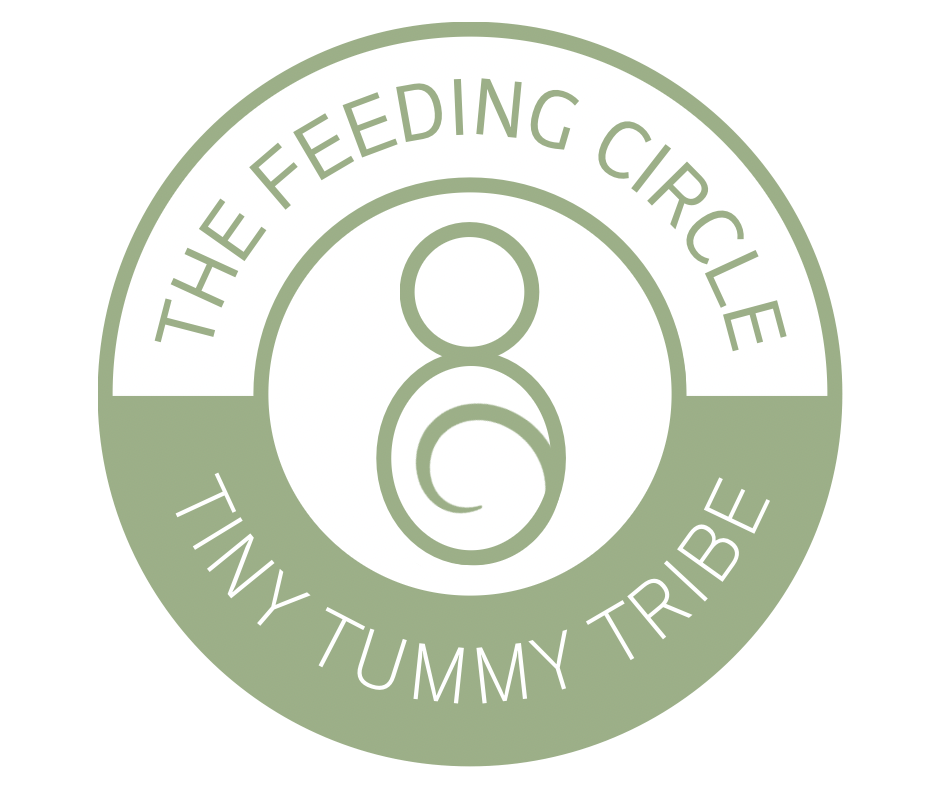The Magic Number: Trust Your Body, Feed Your Baby
I had a call recently from an exclusive pumping parent in full-on panic mode. “I have low supply!” she exclaimed. Her baby? Eight days old, already back to birthweight, and she was pumping two ounces every two hours. Spoiler alert: her supply is amazing!
And yesterday, I visited with a mom whose baby is a content, thriving little cutie at 4 months old. She feeds him every three hours, including overnights. But she is concerned he’s not where he should be and asked if she should stretch those feedings out because, “That’s what I heard I should do.” Where’d she hear it? TikTok? Instagram? A well-meaning aunt? Who knows!

Where Do These Ideas Come From?
Ah, the internet: land of viral videos, trendy advice, and well-meaning but often-misguided tips. Many of these suggestions come from influencers, random baby books, or even (brace yourself) healthcare providers who haven’t had specialized training in lactation and breastfeeding.
The result? Myths that make parents second-guess themselves. For example:
“Your baby is feeding every hour? Oohh that’s a problem” No it’s not!
“Only feed when your breasts refill.” Hmmm Nope.
“Longer intervals between feeds means your baby will take more milk at a feed.” No!
“ You need to supplement with Formula, your milk doesn't have enough calories” What? Absolutely not!
These fundamental misunderstandings of the science of breastfeeding and breastmilk production can lead to some serious confusion and unnecessary worry.
So, What’s Actually Normal?
Here’s the truth: Babies have wildly different feeding patterns, and most of them are perfectly normal!
- Newborns should feed a minimum of 8–12 times in 24 hours. Yep, a minimum!! So that means that some might even do 16 feeds in a day at first. Some babies might feed every 3 hours, others every 2 hours, and some adorable overachievers will cluster feed nonstop every evening in the first few weeks.
- Feeding duration varies. Some babies are snackers (10 minutes every hour); others are marathoners (30 minutes every 2 or 3 hours).
- 1 Side Feedings or 2? Some babies take one breast at a feed, others double up. Some like to keep you on your toes and switch it up. All are totally fine!
- Did you know? The amount of breast milk that babies need between age 1 month and 6 months is on average between 25 and 35 oz. (750-1050 mL) per 24 hours. Newborns grow rapidly and as they get older their growth rate decreases but the volume of breast milk that they need remains relatively stable. So, when your baby is a month old you need as much milk in a 24 hour period as you do for your 6 month old. What could be differnet is the number of times your baby feeds in 24 hours. When a baby feeds, some milk is manufactured during the feed itself and some is taken from milk that has been stored in the breasts between feeds
- Breast milk has a fat content of 3–5%. Unlike some animals (hello, seals with 40% fat content!), so humans are designed to feed frequently.
- When babies feed often, they help maintain your milk supply.
- When babies feed more frequently and from emptier breasts, they receive milk with a higher fat content.
Fun Fact: Breast Storage Capacity Varies
Did you know breast storage capacity differs from person to person? Some parents can store 1–2 oz per breast; others can hold up to 8 oz. And guess what? Both are normal!
According to Nancy Mohrbacher “The number of times every day that the breasts need to be well drained of milk to keep milk production stable is known as the “magic number”. What matters is understanding your body’s magic number. Due to differences in breast storage capacity, some mother’s magic number may be as few as 4-5 while another’s as many as 9-10. If your storage capacity is smaller, your magic number will be higher meaning you’ll likely need to remove milk by feeding or pumping more frequently. Larger capacity? Your magic number will be lower, and you might be able to go longer between feeds/pump sessions.
But What About Stretching Feeds?
Here’s the frustrating part: there’s this cultural obsession with longer feeding intervals as if they’re some badge of honor. “Oh, your baby sleeps through the night?” Cue the envy. But for many breastfeeding parents, trying to artificially lengthen feedings can lead to unnecessary formula use or, worse, a supply dip.
Breastfeeding works on supply and demand. The more often milk is removed, the more milk your body makes. Skip or stretch feeds? Your body thinks it doesn’t need to make as much milk. And this is where the concept of Feedback Inhibitor of Lactation (FIL) comes into play. FIL is a protein in breast milk that signals your body to reduce milk production when there's a buildup of milk in the breast. By feeding or pumping more frequently, you help keep the milk moving and minimize the levels of FIL, which encourages your body to produce more milk. So, focusing on feeding or pumping often can significantly enhance your supply compared to longer, less frequent sessions.
When Social Media Muddies the Waters
Now imagine a parent with a smaller breast storage capacity scrolling Instagram. They see a post about how to “get your baby to sleep through the night.” Friends are bragging about their 5-hour stretches. Naturally, they start to wonder if something’s wrong with them or their baby.
If they try to stretch feedings, their breasts stay fuller for longer, which slows milk production. Over time, they might actually create a supply issue and inadequate weight gain for baby
.
What Can We Do?
First, let’s check the basics:
- Are feeds comfortable?
- Is baby gaining weight and tracking well on growth charts?
- Enough wet and dirty diapers?
- Is baby content after a feed?
If everything looks good, then it is possible she is someone who has a minimal breast storage capacity and will need to feed or pump more often in 24 hours to maximize the volume of milk her baby receives!
When to Call for Backup
True low supply does sadly happen and when it does there is often an underlying cause. If you’re ever concerned, reach out to a lactation consultant. We love reassuring parents and also being detectives in helping solve supply issues!
Bottom line: trust your body, feed your baby, and remember everyone is unique and so is their milk storage capacity and baby’s feeding styles !


